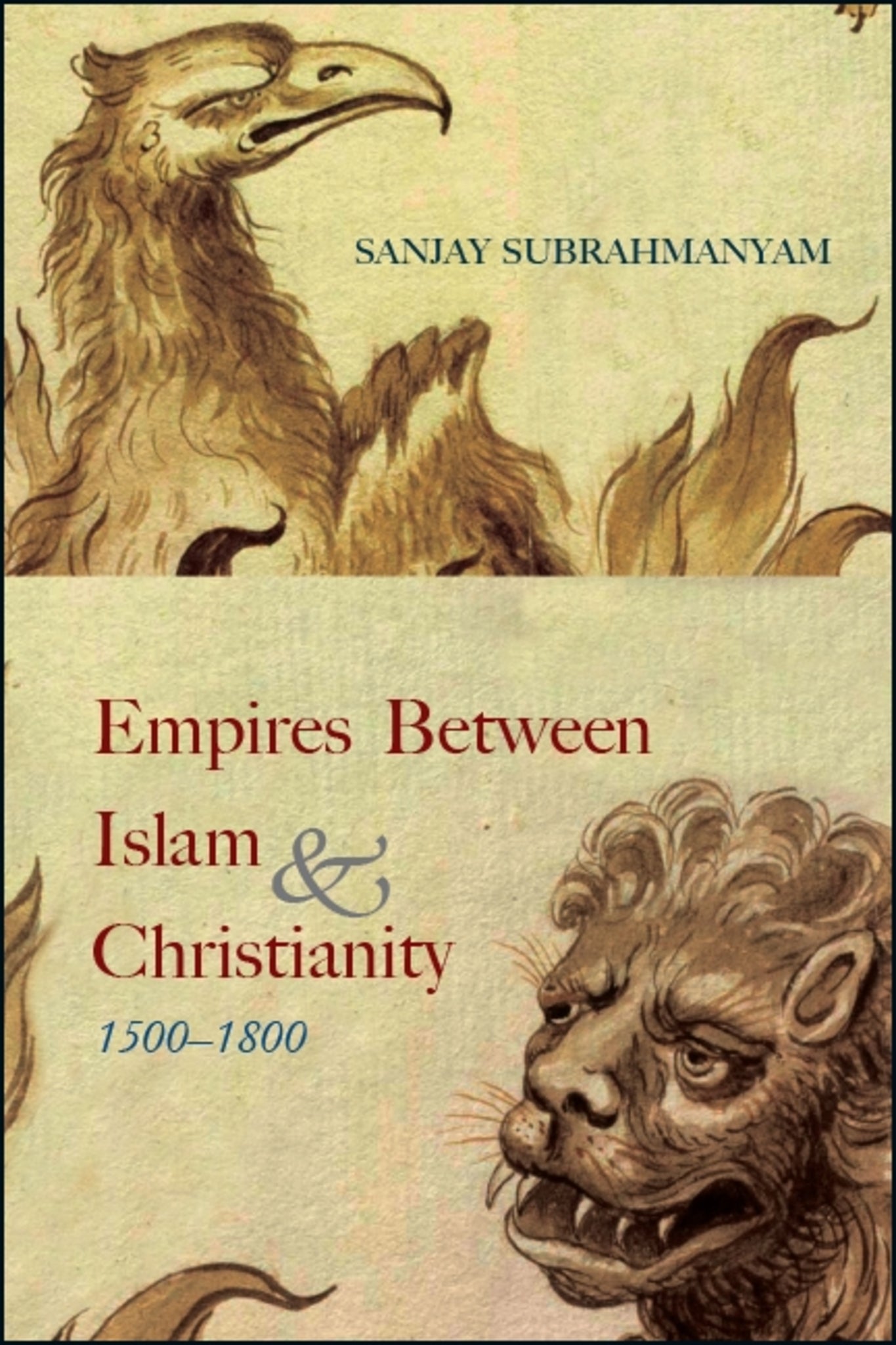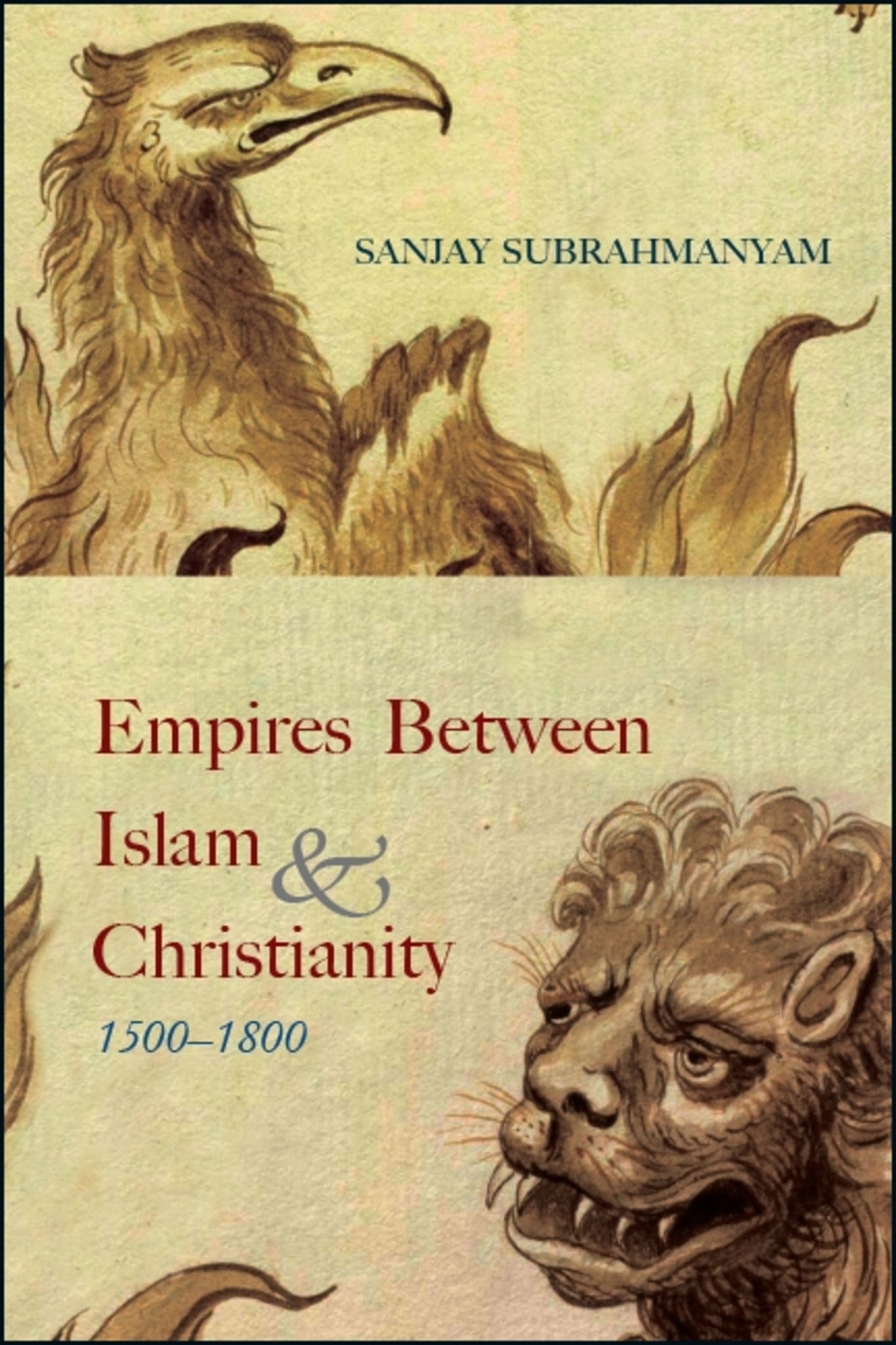We're sorry. An error has occurred
Please cancel or retry.
Empires between Islam and Christianity, 1500-1800

Some error occured while loading the Quick View. Please close the Quick View and try reloading the page.
Couldn't load pickup availability
- Format:
-
01 January 2019

A wide-ranging consideration of early modern Muslim and Christian empires, covering the Iberian, Ottoman and Mughal worlds, including questions of political economy, images and representations, and historiography.
Empires Between Islam and Christianity, 1500–1800 uses the innovative approach of "connected histories" to address a series of questions regarding the early modern world in the Indian Ocean, the Mediterranean, and the Atlantic. The period between 1500 and 1800 was one of intense inter-imperial competition involving the Iberians, the Ottomans, the Mughals, the British, and other actors. Rather than understand these imperial entities separately, Sanjay Subrahmanyam reads their archives and texts together to show unexpected connections and refractions. He further proposes, in this set of closely argued studies, that these empires often borrowed from each other, or built their projects with knowledge of other competing visions of empire. The emphasis on connections is also crucial for an understanding of how a variety of genres of imperial and global history writing developed in the early modern world. The book moves creatively between political, economic, intellectual, and cultural themes to suggest a fresh geographical conception for the epoch.


"…Subrahmanyam manages brilliantly to bypass aprioristic historiographical and geographical categories with their heuristic bias and ideological implications." — Cyber Review of Modern Historiography
"Sanjay Subrahmanyam, the preeminent practitioner of 'connected histories,' offers yet another set of fascinating encounters of peoples, objects, ideas, and practices between the Ottoman, Mughal, and British empires. As always, he stays close to the archive, but is nonetheless able to spin a wonderfully imaginative web of pictures and stories. A delightful read." — Partha Chatterjee, Columbia University
Preface
1. Introduction: Revisiting Empires and Connecting Histories
Beginnings
2. Rethinking the Establishment of the Estado da India, 1498–1509
3. Italians, Corsicans, and Portuguese in the Indian Ocean
4. Unhappy Subjects of Empire, 1515–1530
Connections and Comparisons
5. Connecting the Iberian Empires, 1500–1640
6. Mughals, Ottomans, and Habsburgs: Some Comparisons
7. Iberian Roots of the British Empire
Representations
8. World Historians in the Sixteenth Century
9. Empires and Wonders
10. Early Modern Empires and Intellectual Networks
11. Asia Between and Beyond Empires
Bibliography
Index
Maps and Illustrations
Map 1. The Iberian Empires on a World Scale, 1580–1640
Map 2. The Central Habsburg and Ottoman domains, ca. 1550
Fig. 1. Arabic letter from the ruler of Kannur (Cannanore) to Antonio Carneiro in Portugal (1518), Torre do
Tombo, Lisbon
Fig. 2. Letter from the Tamil merchants of Melaka to the King of Portugal (1527), Torre do Tombo, Lisbon
Fig. 3. Text of the Treaty of Tordesillas (1494), Biblioteca Nacional, Lisbon
Fig. 4. Representation of Portuguese fidalgos in Goa from Jan Huyghen van Linschoten, Itinerario (1596)
Fig. 5. View of the mining centre of Potosi in Bolivia, by Bernard Lens (1715)
Fig. 6. World map from the Ottoman Tarih-i Hind-i Garbi (1730)
Fig. 7. Hunting exotic animals in America, from the Ottoman Tarih-i Hind-i Garbi (1730)
Fig. 8. Portuguese representation of a monster in Turkey, from Emblema vivente (1727)
Fig. 9. John Stafford, Asia, from an allegory of the continents (1625–35)
Fig. 10. Map of ‘Iqlīm Āsyā’ based on Katib Celebi’s Cihānnumā, printed by Ibrahim Muteferrika (1732)



